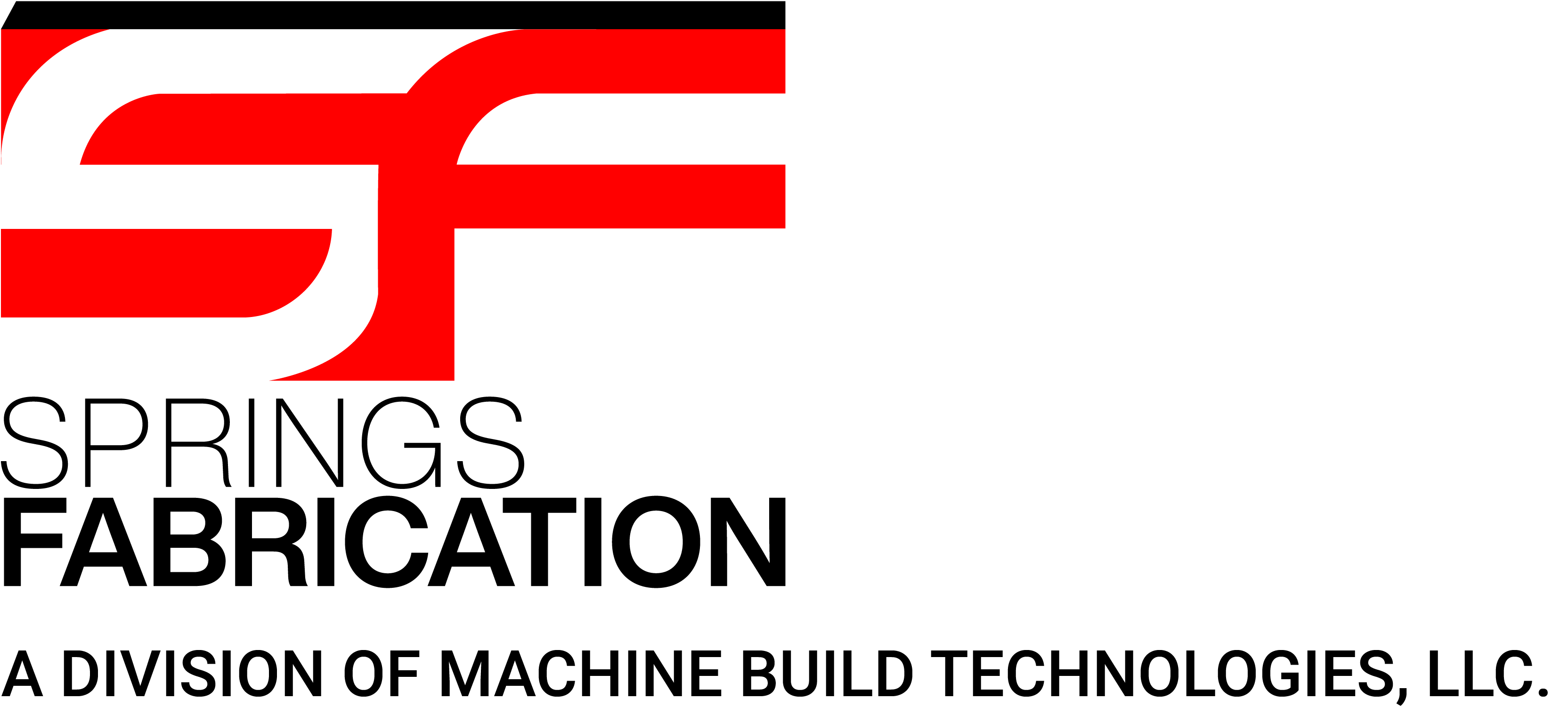The Art and Science of Pressure Fabrication
Pressure fabrication is a versatile and vital process in modern manufacturing, capable of shaping materials into complex and precise forms. This technique harnesses the power of pressure to transform raw materials into finished products used across various industries, from aerospace to automotive, and even in everyday consumer goods.
Understanding Pressure Fabrication
Pressure fabrication, also known as pressure forming or pressure molding, involves the use of force and heat to mold or shape materials into desired forms. This technique employs pressure from mechanical or hydraulic systems to create intricate and intricate shapes from materials such as plastics, metals, and composites. Pressure fabrication is particularly renowned for its ability to produce high-quality, complex, and customized parts and products efficiently.
Methods of Pressure Fabrication
Pressure fabrication encompasses several methods, each tailored to specific materials and requirements. Some of the most common methods include:
- Injection Molding: This method is predominantly used for plastics and involves injecting molten material into a mold cavity at high pressure. The material cools and solidifies within the mold, taking on the desired shape.
- Compression Molding: Compression molding is ideal for materials like thermosetting plastics, rubber, and composites. A preheated material is placed in a mold cavity, and pressure is applied to force it into the desired shape as it cures and hardens.
- Blow Molding: Used for producing hollow plastic parts, blow molding involves inflating a hot, tubular plastic parison (a hollow tube) inside a mold cavity using compressed air. The plastic takes on the shape of the mold as it cools.
- Hydroforming: In this method, high-pressure hydraulic fluid is used to shape metals and alloys into complex forms. It's commonly employed in the automotive and aerospace industries to create lightweight and structurally sound components.
- Thermoforming: Thermoforming employs heat and pressure to shape plastic sheets into various forms. It's often used for manufacturing products like food containers, packaging, and automotive interior components.
Applications of Pressure Fabrication
Pressure fabrication finds applications in a wide range of industries and is instrumental in producing various products, including:
- Automotive: Pressure fabrication is extensively used for creating automotive components such as interior panels, dashboards, bumpers, and exterior body parts.
- Aerospace: The aerospace industry relies on pressure fabrication to produce lightweight and durable aircraft components like fuselages, wings, and engine parts.
- Medical Devices: Medical equipment and devices, such as prosthetics, orthopedic implants, and dental appliances, benefit from pressure fabrication's precision and biocompatibility.
- Consumer Goods: Everyday items like plastic containers, toys, and electronic casings are manufactured using pressure forming techniques.
- Packaging: Pressure fabrication helps create custom packaging solutions for various products, ensuring protection and aesthetics.
Advantages of Pressure Fabrication
Pressure fabrication offers several advantages, making it a preferred choice in many manufacturing processes:
- Complex Shapes: It can produce intricate and detailed designs that are challenging to achieve with other methods.
- Cost-Efficiency: Mass production is cost-effective due to shorter cycle times and minimal waste material.
- Customization: It allows for the easy customization of products, meeting specific design and functionality requirements.
- Material Compatibility: Pressure fabrication can work with various materials, including plastics, metals, and composites.
- Consistency: The process provides consistent results, ensuring high-quality products.
Conclusion
Pressure fabrication stands as a testament to human ingenuity, utilizing pressure and heat to transform raw materials into precise and complex products. Its versatility, efficiency, and adaptability across a range of industries make it an essential technique in modern manufacturing. As technology advances, pressure fabrication will continue to evolve, contributing to the production of innovative products that shape our daily lives.
